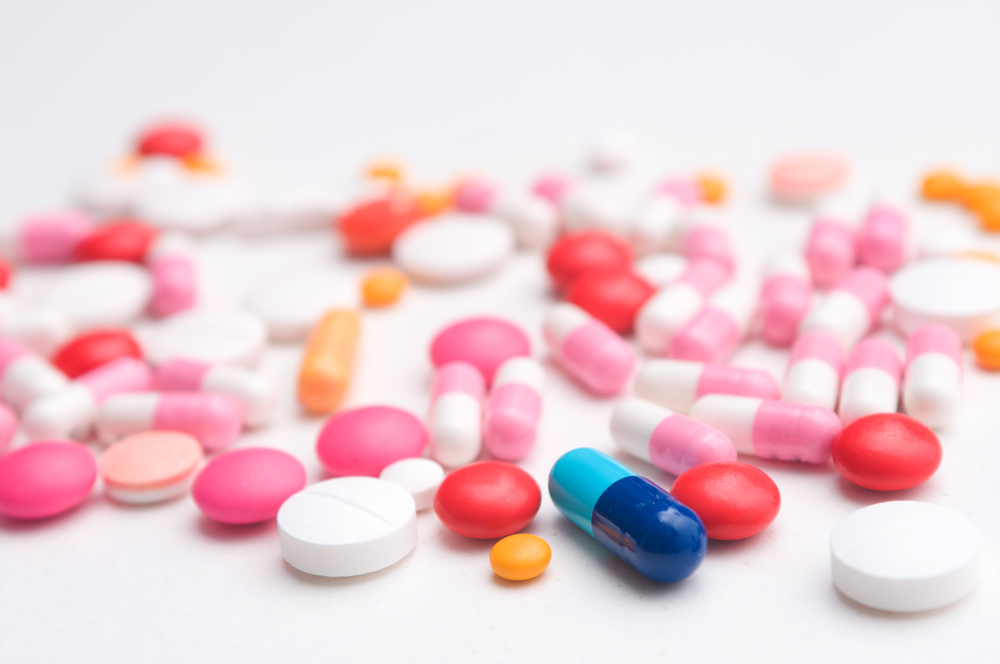In a new study entitled “Chronic inflammation up-regulates P-gp in peripheral mononuclear blood cells via the STAT3/Nf-κb pathway in 2,4,6-trinitrobenzene sulfuric acid-induced colitis mice,” researchers identified a mechanism underlying drug resistance in Crohn’s disease patients. The study was published in the journal Scientific Reports.
Inflammatory bowel disease (IBD) is characterized by chronic inflammation in the digestive tract and comprises two main types – Crohn’s disease and Ulcerative Colitis. While the pathogenesis of both Crohn’s disease and Ulcerative Colitis is still unclear, IBD patients also exhibit significant alterations and dysregulated immune system responses. Because of this, IBD is also characterized as an autoimmune disease. Accordingly, IBD patients’ treatment usually includes immunosuppressive and anti-inflammatory drugs. Increasingly reported, however, is the development of drug resistance in these patients. This resistance is divided into intrinsic resistance (patients present little or no sensitivity to immunosuppressants in the beginning of the treatment) and acquired resistance (patients gradually develop resistance with long-term treatment with immunosuppressant’s). While the mechanisms triggering acquired resistance in IBD patients are known, those underlying intrinsic resistance lack a common agreement among the scientific community, especially for Crohn’s disease.
In this new research, the authors used a mouse model of Crohn’s disease, the trinitrobenzene sulfuric acid (TNBS)-induced rat model (a good model exhibiting the same features as human Crohn’s disease patients) and analyzed its resistance to therapy by measuring the function and expression of P-glycoprotein (P-gp) in a population of blood immune cells, the peripheral mononuclear blood cells (PMBC). The team focused their studies on P-gp, since its action as an efflux pump in PMBCs was reported to pump immunosuppressive drugs out of PBMC, leading to a decrease in drug efficacy.
The team found that the concentration of the immunosuppressive drug cyclosporine A was reduced in a TNBS-induced rodent model, and that these animals exhibited an increased expression/function of P-gp in PMBC. Additionally, these animals had increased had an enhanced secretion of the cytokines IL-1β, IL-6, IL-17, and TNF-α in their blood. The team performed mechanistic studies and discovered that the secreted cytokines can induce P-gp expression through the STAT3/Nf-κb pathway, which leads to the continuous decrease in cyclosporine A retention. When authors inhibited P-gp, they reversed this phenotype and increased cyclosporine A retention.
These findings show that the sustained chronic inflammation in the blood can increase P-gp levels and lead to drug resistance. Therefore, authors suggest that measuring P-gp levels in the PBMC of Crohn’s disease patients may identify those more prone to drug resistance and that using a P-gp inhibitor might overcome this resistance in Crohn’s disease patients.

